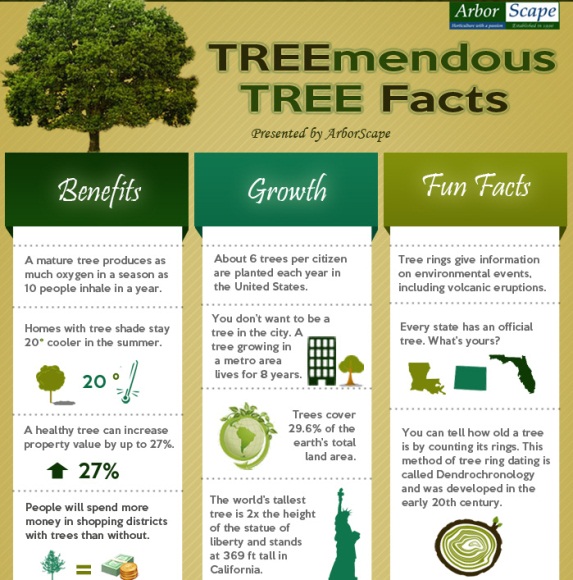The Future Of Trees: How To Determine When Elimination Is Required
The Future Of Trees: How To Determine When Elimination Is Required
Blog Article
Material Produce By-McCollum Britt
If you've ever wondered about the destiny of the trees on your home, understanding when it's time for elimination is vital. However just how do you determine if a tree can be conserved or if elimination is the only choice? By looking for certain indications and examining security risks, you can make educated choices that benefit both your landscape and your surroundings. Allow's discover the vital elements that come into play when deciding the destiny of a tree and exactly how you can guarantee the very best end result for your eco-friendly buddies.
Indications of Tree Decrease
If you see any one of the following signs of tree decline in your yard, it might be time to take into consideration tree removal.
One common sign is dead or decaying branches, which can show underlying problems affecting the tree's wellness. Keep an eye out for stained or shrivelled fallen leaves that continue despite having correct care, as this could be an indicator of disease or parasites.
One more warning signal is excessive leaning or a visible change in the tree's base, which may recommend origin problems or architectural instability. Keep an eye out for fungal growth on the trunk or origins, as this can show rot and compromise the tree's stability.
Additionally, if you observe large cracks in the trunk or significant limbs, it's critical to address these issues without delay to prevent potential threats. Resolving these signs of tree decrease quickly can help maintain the safety and visual appeals of your yard atmosphere.
Safety and security Issues
To guarantee the wellness of your residential property and those around you, focusing on security concerns associated with trees is extremely important. Trees can position different safety and security threats otherwise correctly maintained. Dead or decaying branches might fall all of a sudden, endangering individuals or harmful structures.
Leaning https://brokerages-and-day-tradin11098.blogscribble.com/33116536/explore-the-reasons-getting-rid-of-tree-stumps-surpasses-plain-looks-revealing-the-considerable-effects-it-can-carry-your-outside-atmosphere can likewise be unsafe, particularly if they're leaning in the direction of a structure or high-voltage line. Additionally, https://freight-transport-lovelan21975.dailyhitblog.com/38471102/the-ecological-impacts-of-lowering-trees-key-insights-you-need-to-take-into-consideration with considerable origin systems near foundations or underground energies can trigger considerable damages in time.
It's critical to regularly evaluate your trees for any type of indications of potential risk. Watch out for cracks in the trunk, large cavities, or signs of condition and decay. If How To Prune A Weeping Redbud Tree notice any one of these issues, it's finest to speak with a specialist arborist to evaluate the circumstance and figure out the necessary course of action.
Taking positive actions to attend to security worries immediately can protect against crashes and residential property damage in the future. Keep in mind, the safety and security of your residential property and those around you must constantly be the top concern when it pertains to tree maintenance.
Consulting an Arborist
When taking into consideration the health and wellness of your trees, seeking advice from an arborist is an important action. Arborists are educated experts who specialize in the treatment and maintenance of trees. They can evaluate the general health and wellness of your trees, identify any type of problems such as diseases or structural troubles, and supply experienced suggestions on the most effective course of action.
By consulting an arborist, you can get valuable understandings into the problem of your trees and identify whether removal is required. Arborists have the understanding and experience to assess the risks connected with maintaining a tree versus removing it. They can also use support on alternate solutions, such as trimming, cabling, or bracing, to help preserve the tree whenever feasible.
Moreover, arborists can help you browse any neighborhood laws or permits that may be needed for tree elimination. Their know-how can ensure that the procedure is performed safely and in conformity with any kind of appropriate legislations.
Conclusion
Finally, when establishing whether trees can be saved or if removal is required, it is essential to think about indicators of decline and safety and security worries. Consulting an arborist for a comprehensive evaluation is crucial in making the best decision for the tree's wellness and prospective hazards. Keep in mind, aggressive treatment and prompt activity can help maintain trees and avoid mishaps.
